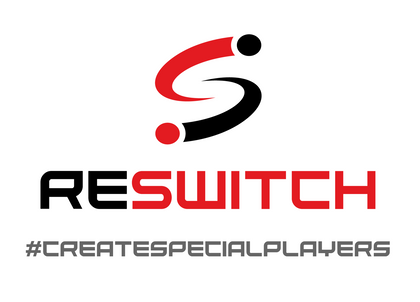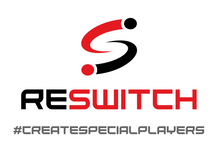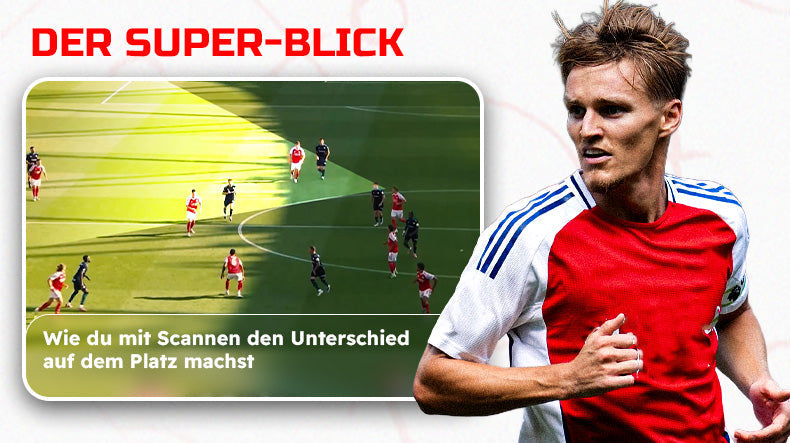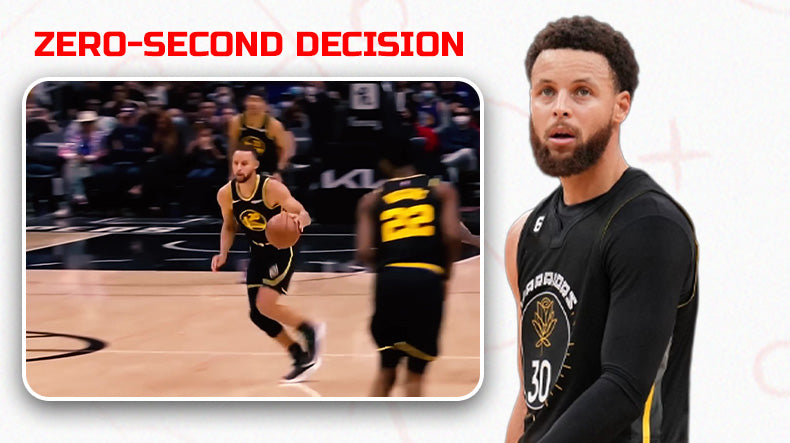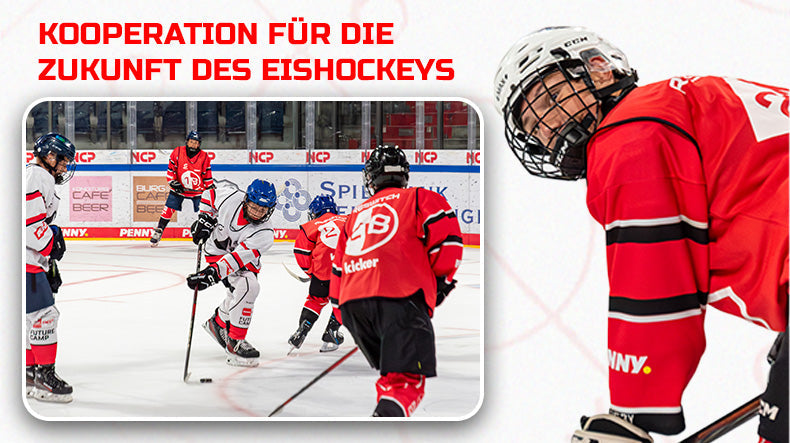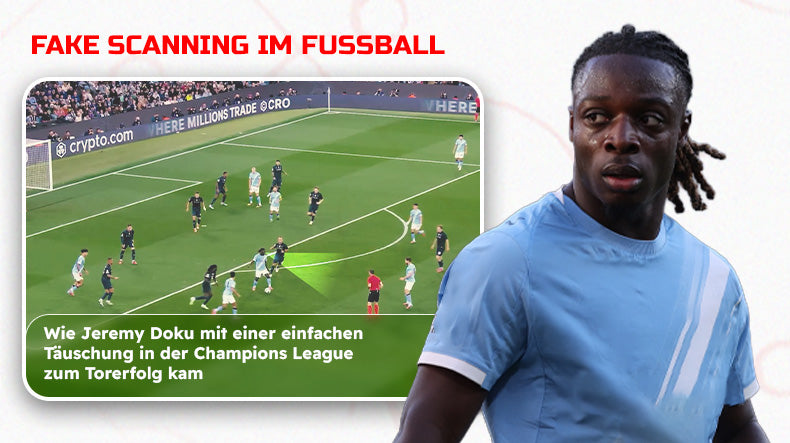Train working memory
Automate by repeating!
A beginner focuses his attention on the individual steps of the movement. As you practice and repeat, the movement becomes automatic. Therefore, experienced athletes often cannot describe why or how they did something after the fact. Experienced players therefore do not need step-by-step instructions from working memory, but can use the capacity of working memory to make a tactical decision depending on the situation.
Recognize the situation as a whole:
Everyone has mechanisms to get around the limited capacity of working memory. With increasing experience, players can learn to recognize game constellations early on in their development. Here, not the individual player, but the pattern of the game/players as a whole is saved and accessed in the game.

The role of the trainer:
Coaches can influence their players' memory processes through instructions. Studies show that instructions from coaches are held in players' working memory and therefore influence their behavior. Trainers must try to design exercises and games in such a way that the cognitive adaptation processes are optimally used and instructions promote learning and do not disrupt it! When explaining, it is particularly useful for children to transfer pictorial formulations from an action context known to the children to the execution of a movement. Pictorial metaphors support implicit learning and circumvent the limitations of working memory. For example, in the cocking shot the shooting leg is “drawn like a line” or in the spin shot “swung like a banana”.
Possible forms of training for working memory training:
Previous tasks in training forms:
For example, the players stand in a square with different colored cones at each corner. The coach says 3-4 colors which the player has to tap in order before, for example, he gets a ball and has to shoot for a certain goal. However, before the players are allowed to start tapping the cones, the coach asks one or more arithmetic problems or questions that the players have to answer and thus possibly get an extra point. Only then can they start the exercise and tap the cones. After the intermediate task, they have to remember the correct order of the colors.
Body swap:
8 out of 10 players have a yellow shirt in their hand and two balls are ready. All players move through the field and swap shirts with each other so that there are always two new players without shirts. The two balls are passed between each other and must never rest. At the coach's command, the players who are currently on the ball must orient themselves as quickly as possible and pass to the two players without shirts. The same thing can of course also be done in two teams, each with different shirt colors and a subsequent game against each other or a shot at a specific goal.
Square game:
Mark four fields measuring 4x4m in a 16x16m field. For the exercise you need 2 teams with three players each (blue and red) and one team with four players (yellow). Blue and red position themselves in the field. Yellow occupies each outside line with one player. Blue plays together with yellow to hold the ball against the red team. However, when Blue has the ball, he must be in squares of different sizes (one player per 4×4 square). The players therefore have to constantly recognize patterns in order to move correctly depending on the player in possession of the ball and make themselves passable. After a few minutes don't forget to swap teams.
Working memory can also be trained very well with RESWITCH. Almost all types of games are suitable for this, as each player should not only remember their own categories on their shirt, but also who is on which switch on their team. By short or long playing times between the switch commands, you can vary very well and adapt to the performance level and age of the players.
Have fun trying. Feel free to write us your ideas on the topic or how you train your memory in training
Author: Jonas Kumpan
